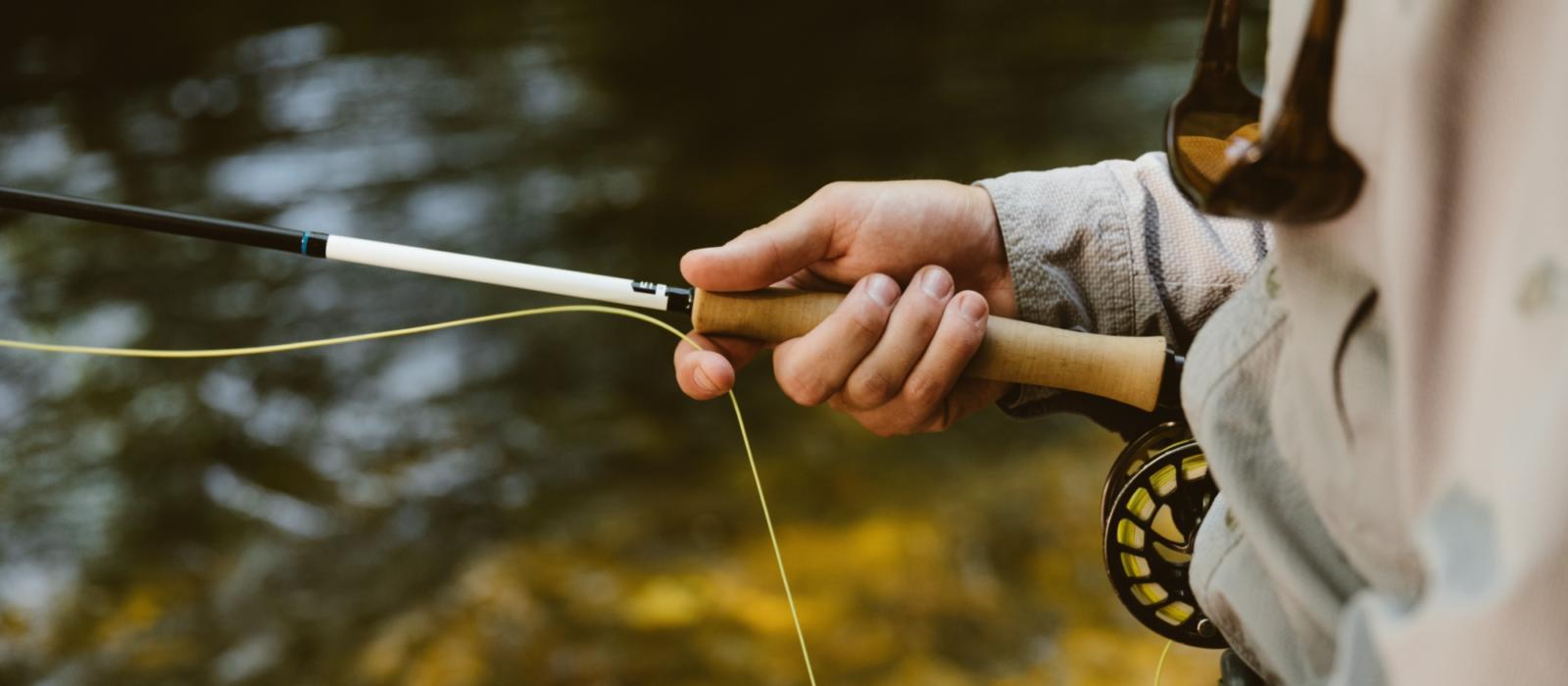Story
Fins, Flies and Fallen Leaves

As the year progresses and the sun starts to set earlier each day, the speculative waiting game begins in the minds of Southern Appalachian anglers, who have spent months yearning for reprieve from the stifling humidity. In recent years, our intense Summer heat has persisted through October. When Fall finally starts to settle in, our first chilly mornings are greeted with childlike enthusiasm by anglers and trout alike. At this point in the year, we have had higher precipitation totals than recent years past. Some mornings have even required a light jacket, and as the weather continues to change, the ability to adapt to changing conditions becomes paramount in order to find success on the water. Extended droughts in the Summer, bands of rain from late Summer hurricanes, seasonal ebb and flow of TVA generation in our tailwaters, and erratic temperature swings all contribute to our fisheries being in a constant state of change during this time. When the weather stabilizes, and temperatures become consistently cooler, all is right in the world of our Southern Appalachian trout fisheries.
My fishing preferences are in sync with the seasonal changes in order to target each species in their most preferred feeding conditions. This ensures that we are catching and releasing fish as ethically as possible – After all, a happy, healthy fish is an eating fish. Because water temperatures in the Summer consistently rise above 70 degrees, the heat of late Summer is much better suited to stalking the variety of warm water species that call our waters home. Chasing carp in the ancient waters of the French Broad, floating riverine grass beds for powerful striped bass, and scrapping with feisty smallmouth bass are favored quarry during the Summer. When the sting of cold weather moves in and cold water becomes unbearable to the skin, I know Fall is here. This is the time to pull out the waders and focus on trout. The lower angle of sunlight and consistently cooler weather drives our local salmonids’ instinct to prepare for Winter, with the brown trout and brook trout donning their vibrant colors in order to prepare for spawning. The trout in the tailwaters and the Smokies alike, need to significantly increase their food intake during this time in order to sustain themselves throughout the Winter. Trout become more aggressive, and this puts anglers in a better position to find success in the form of feeding trout.
One of the most fun and rewarding times of the year as a fishing guide is from the first initial cold snap to when the creeks are turned into a stained stew from fallen vegetation. Fly fishing provides an opportunity to witness one of the most beautiful times of the year in a truly unique area. Etched into memory are encounters with large brown trout, most have bested us, but the experience takes prominence to angling success. The impressions left aren’t only of fish but also familiar boulders, the distinct dankness of our deciduous rain forest, and the foliage presented as a kaleidoscope of amber, yellow, red and rust. All of which evoke a deep connection to the Appalachians. Whether floating along a river with miles of golden-kissed landscape, or hiking into the backcountry of the Great Smoky Mountains National Park, a fly fishing trip is one of the best ways to fully immerse yourself in quintessential Smoky Mountain scenery.
– Bryan Begbie, Blackberry Farm Fly Fishing Manager
